The Ultimate Guide to Decluttering Methods: Which One is Right for You?
In our modern world, clutter has become a persistent challenge. Effective decluttering methods are now more crucial than ever. These techniques help us regain control over our environments and our lives.
There are many decluttering methods available today. Each approach offers unique strategies to combat chaos. But with so many options, how do you choose the right one?
That’s where this guide comes in. I’ve personally tested every major decluttering method. Now, I’m here to share that knowledge with you.
This article will provide you with insights to choose your ideal decluttering method. You’ll learn about different approaches, their strengths, and how to apply them effectively.
Remember, decluttering is personal. What works for one may not work for another. Let’s find what works for you. Your clutter-free life awaits.
This post contains affiliate links. For more information, see my disclosures here.
Understanding Your Decluttering Needs

Before exploring specific decluttering methods, it’s crucial to understand your unique situation. This self-awareness will help you choose the most effective approach for your needs.
Assessing Your Current Clutter Situation
Take an honest look at your space. Where does clutter accumulate most? Is it physical items, digital files, or both?
Start with a clutter audit:
This audit clearly shows your starting point and highlights where you need to focus your decluttering efforts.
Identifying Your Decluttering Goals
What do you want to achieve through decluttering? Your goals will shape your approach.
Common decluttering goals include:
Be specific. Instead of “have a cleaner house,” aim for “reduce bedroom clutter by 50%”. Concrete goals make progress measurable.
Considering Your Personal Style and Habits
Your decluttering method should align with your personality and lifestyle.
Consider these factors:
For example, you might prefer a quick, ruthless method if you’re busy and decisive. If you’re sentimental and thorough, a more reflective approach might suit you better.
Understanding these aspects of yourself will help you choose a decluttering method that feels natural and sustainable. Remember, the best method is one you’ll actually use consistently.
Popular Decluttering Methods Explained
Let’s explore six popular decluttering methods. Each has its unique approach to tackling clutter.

1. The KonMari Method
Key principles:
Pros:
Cons:
Who it’s best for:
The KonMari Method suits those ready for a dramatic lifestyle change. It’s ideal for visual thinkers and those who form emotional attachments to objects.
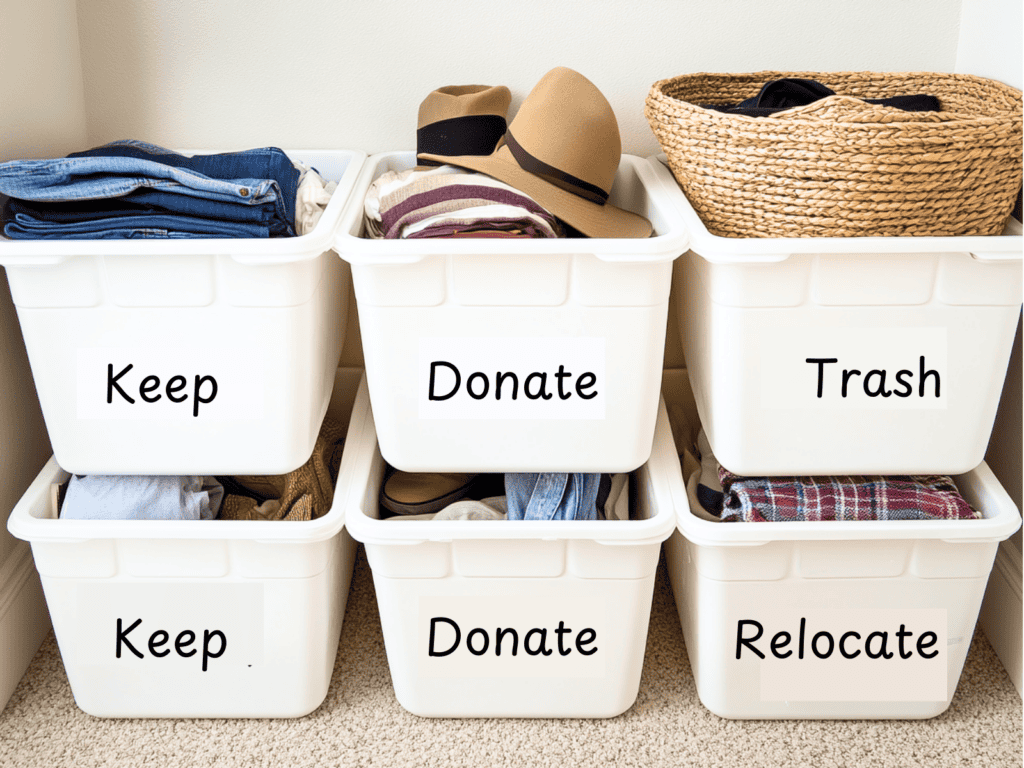
2. The Four-Box Method
How it works:
Categorize items into four boxes: Keep, Donate, Trash, and Relocate.
Advantages:
Disadvantages:
Ideal candidates:
This method works well for those who prefer a structured approach. It’s great for beginners and those decluttering shared spaces.

3. The 90/90 Rule
Explanation of the rule:
If you haven’t used an item in the last 90 days and won’t use it in the next 90, get rid of it.
Benefits:
Drawbacks:
Who should try it:
The 90/90 Rule is perfect for those who tend to hold onto “just in case” items. It’s also great for decluttering workspaces and frequently used areas.

4. The One-In-One-Out Rule
Concept and implementation:
For every new item you bring in, one item must go out.
Strengths:
Weaknesses:
Best for whom:
This rule works well for those who have already decluttered and want to maintain their space. It’s also great for shopaholics trying to curb their habits.
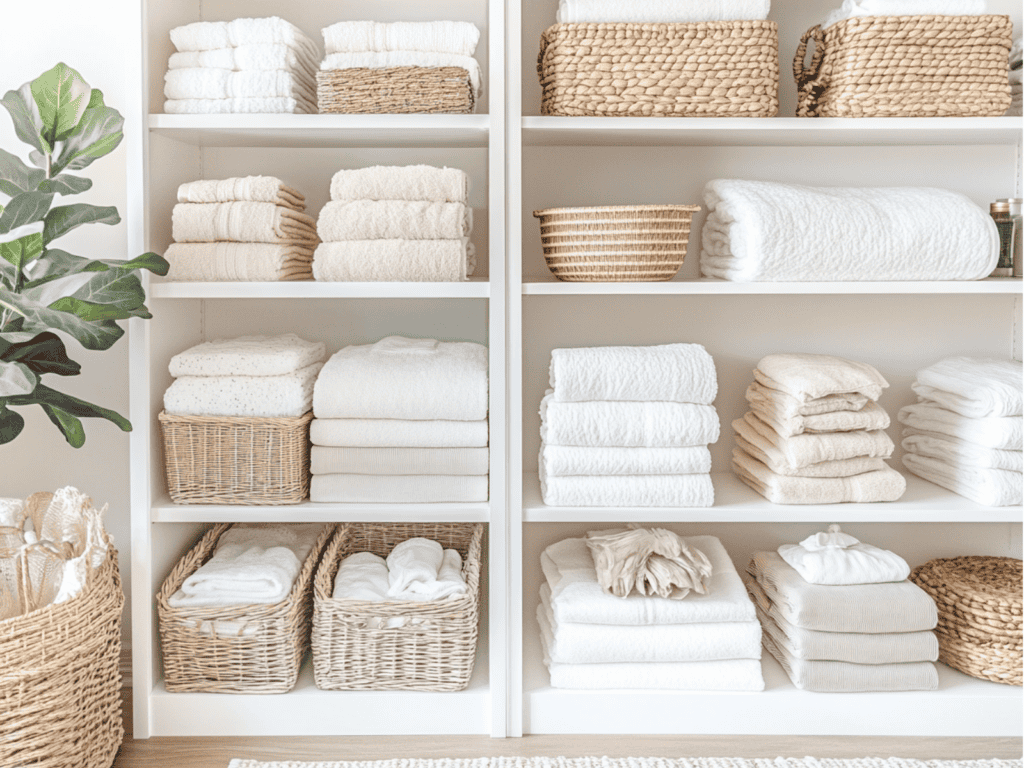
5. The Minimalist Game
Rules and challenge structure:
Pros:
Cons:
Who it suits best:
The Minimalist Game is perfect for those who thrive on challenges and competition. It’s great for people who need external motivation to declutter.
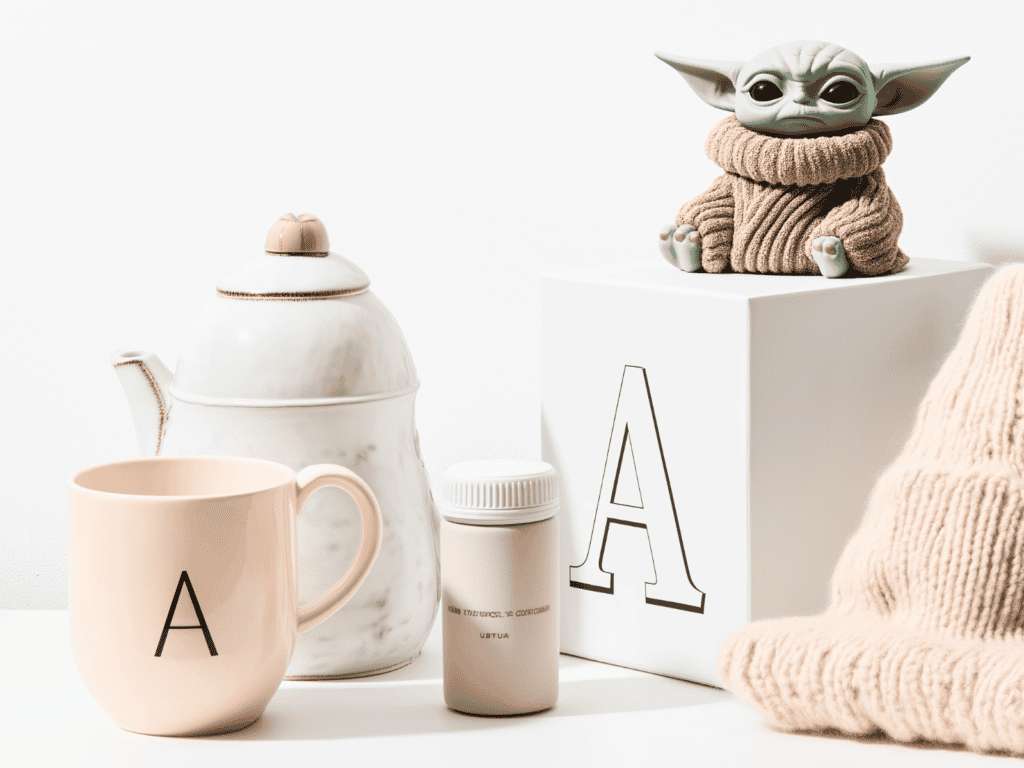
6. The 20/20 Rule
How it functions:
If you can replace an item within 20 minutes for under $20, it’s safe to let it go.
Advantages:
Limitations:
Ideal users:
This rule is great for those struggling with letting go of “potentially useful” items. It’s also helpful for people living in small spaces where storage is at a premium.

7. The Swedish Death Cleaning Method
Concept and implementation:
Based on the Swedish practice of “döstädning,” this method involves decluttering your home to ease the burden on your loved ones after your death.
Key principles:
Pros:
Cons:
Who it’s best for:
This method is ideal for older adults or those dealing with life-threatening illnesses. It’s also suitable for anyone who wants to simplify their life and reduce the eventual burden on their loved ones.

8. The Closet Hanger Experiment
How it works:
Turn all your hangers backward. After you wear an item, return it to the closet with the hanger facing the correct way. After a set period (usually 3-6 months), any items still on backward-facing hangers haven’t been worn and can be considered for removal.
Advantages:
Disadvantages:
Ideal candidates:
This method is perfect for visual learners and those who struggle to remember what they actually wear. It’s also great for people who need concrete evidence before parting with clothes.
Remember, like the other methods we’ve discussed, these can be adapted or combined with other techniques to suit your personal decluttering style and needs.
Certainly! I’ll revise the section to focus solely on your experience with the Swedish Death Cleaning method, emphasizing relatability and likeability. Here’s the revised version:
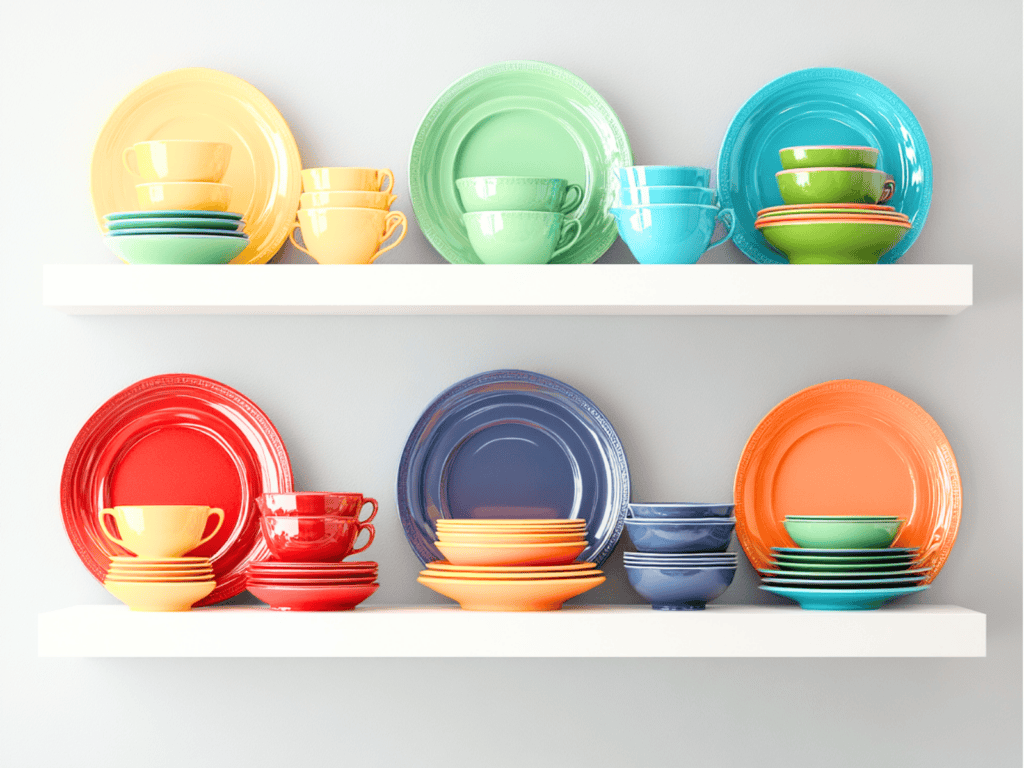
My Personal Decluttering Journey: Embracing Swedish Death Cleaning
While we’ve explored various decluttering methods, I want to share a personal experience that completely changed my approach to organizing my home. It all started with a casual conversation with my neighbor – you know, one of those over-the-fence chats that unexpectedly shifts your perspective.
My neighbor, wrestling with his perpetually cluttered garage, joked about his kids dreading the day they’d have to clean it out after he was gone. We laughed, but it struck a chord with me. Even though I’m nowhere near ready to kick the bucket (knock on wood!), it got me thinking: what if we could make things easier for our loved ones, just in case?
Feeling inspired, we decided to implement the Swedish Death Cleaning method in our own lives.
Here’s how our journey unfolded:
The process hasn’t always been easy. There were moments when I found myself clutching a threadbare t-shirt, wondering, “But what if I need this for… painting?” (Spoiler alert: I have more paint shirts than dress shirts!)
But here’s what I’ve learned:
Most importantly, I’ve realized that Swedish Death Cleaning isn’t about death. It’s about living more intentionally, surrounding ourselves only with things that truly matter.
So, if you find yourself tripping over boxes in the attic or sighing at overstuffed closets, remember: it’s never too early to start simplifying. Your future self (and your loved ones) will thank you. And who knows? You might even have some fun along the way. I know I did!
Specialized Decluttering Approaches

Digital Decluttering
Digital clutter can be just as overwhelming as physical clutter.
Here are some techniques to tackle it:
Organization Apps and tools to assist:
Sentimental Item Decluttering
Letting go of sentimental items can be challenging.
Try these strategies:
Creating meaningful keepsakes:
Wardrobe Decluttering
The capsule wardrobe concept:
Seasonal rotation techniques:
Implementing Your Chosen Method

Creating a Decluttering Plan
Setting Realistic Timelines
Overcoming Common Obstacles
Maintaining a Clutter-Free Space
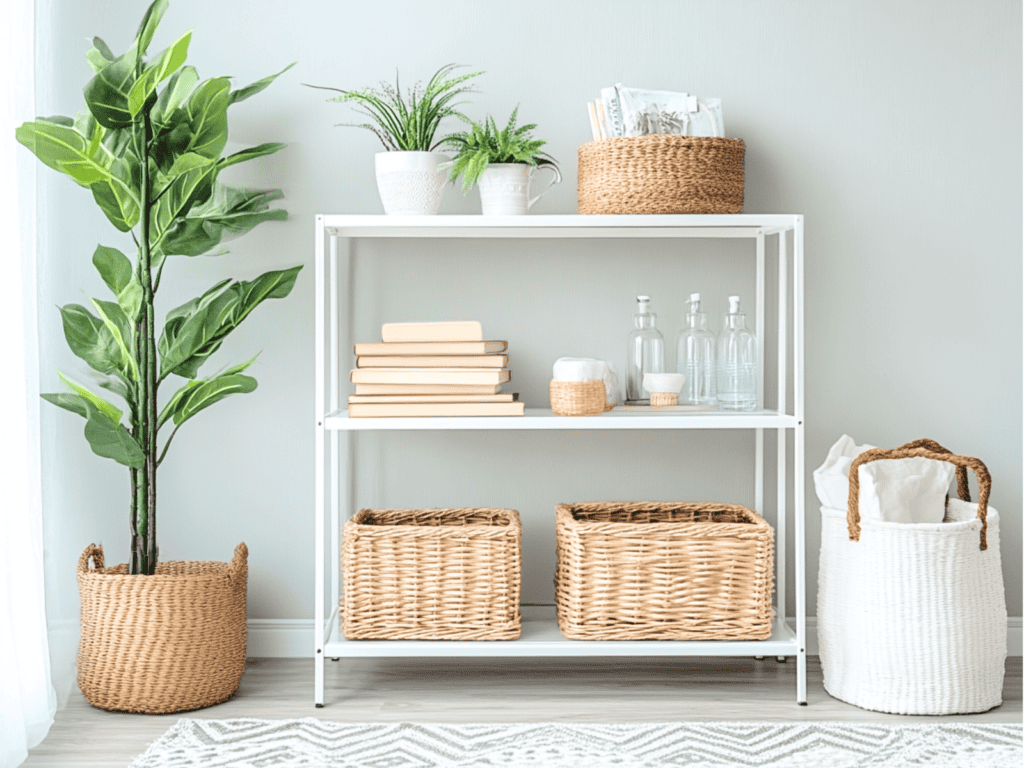
Developing New Habits
Regular Maintenance Strategies
Adapting Your Method Over Time
Combining Methods for Personalized Results

Mixing and Matching Techniques
Conclusion
We’ve explored various decluttering methods, from the popular KonMari to specialized approaches for digital and sentimental items. Remember, there’s no one-size-fits-all solution. The key is to experiment and find what works best for you.
Start small, be patient with yourself, and celebrate your progress. Decluttering is a journey, not a destination. With consistent effort and the right approach, you can create a space that truly supports and uplifts you.
Extra Resources
Recommended books:
Helpful apps and websites:
Professional organizers:
Donation and recycling options:
For a comprehensive list of donation options, check out my detailed post “Where To Donate Stuff: Your Ultimate Guide To Declutter & Give Back.”
Related Posts:
Remember, the goal is not perfection but progress. Happy decluttering!






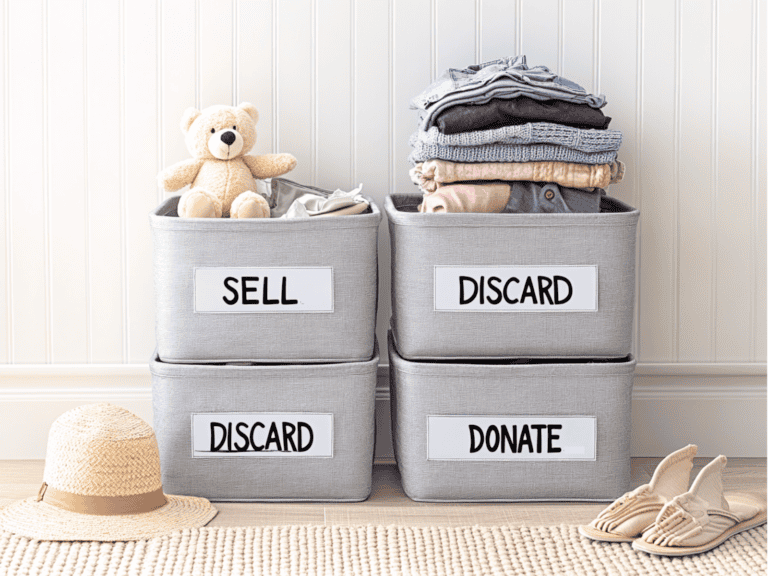
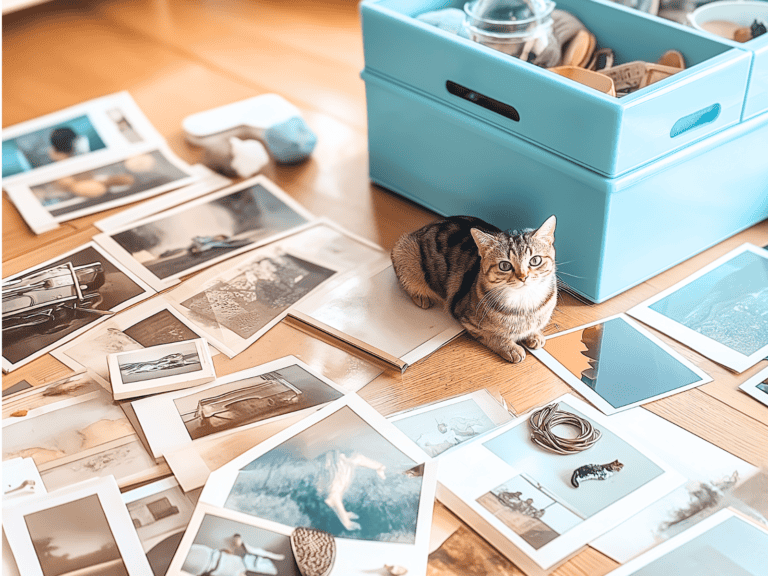
I like to declutter, it frees my mind in a certain way. I find that I need to declutter during my trip, in the hotel rooms, because my stuffs are not in order.And when I get back home, I need to declutter by cleaning everything, putting everything back and re-arrange my life.. lol. You have some good pointers in this article. Thanks for sharing!
Soon, I`ll have extra time to take care of my house, and I’ll declutter upstairs. I`ll save your post because I really liked a few decluttering methods. Thank you for sharing!
That’s fantastic! Decluttering can be so refreshing. I’m happy you found some helpful methods in my post. Feel free to reach out if you have any questions as you start decluttering upstairs. I’m rooting for you!